The Camp on Blood Island
6.2 /10 1 Votes6.2
Country United Kingdom | 6/10 IMDb Duration Language English | |||||||||||||||||||||||||||||||||
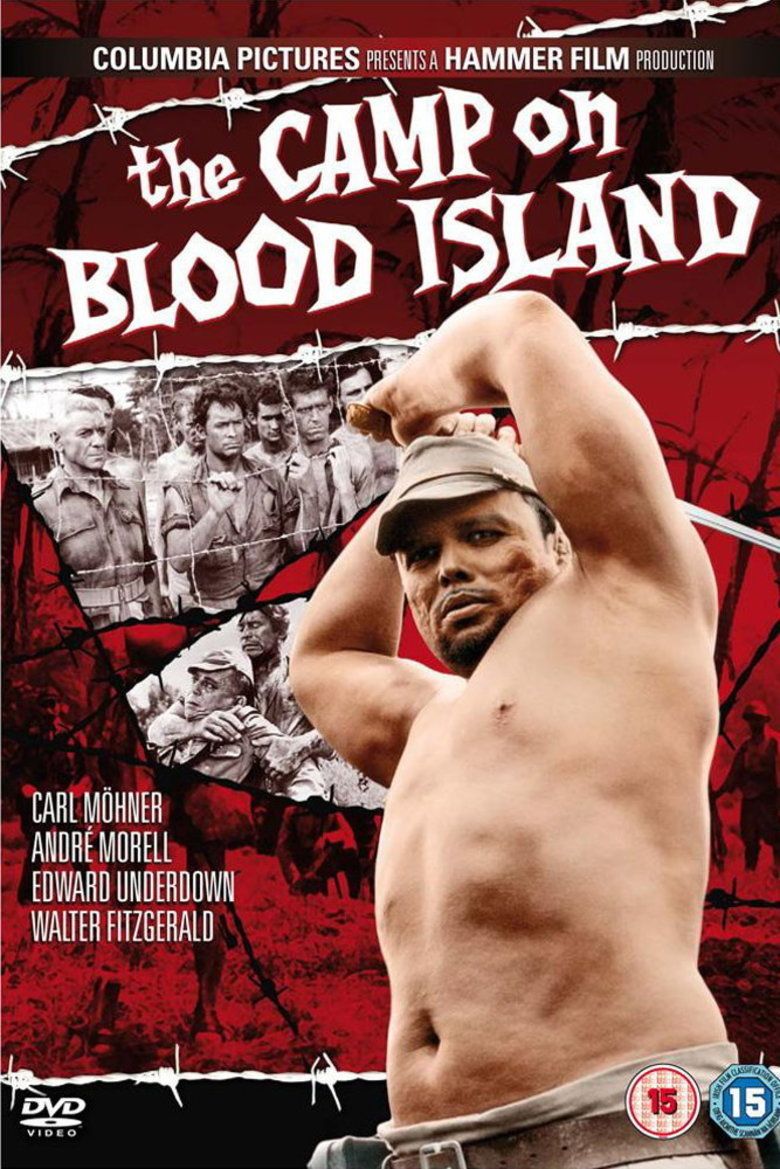 | ||||||||||||||||||||||||||||||||||
Release date 15 April 1958 (UK)11 June 1958 (U.S.) Tagline Authenticated by the very few who survived the massacre in... | ||||||||||||||||||||||||||||||||||
The Camp on Blood Island is a 1958 British World War II film, directed by Val Guest for Hammer Film Productions and starring Carl Möhner, André Morell, Edward Underdown and Walter Fitzgerald.
Contents
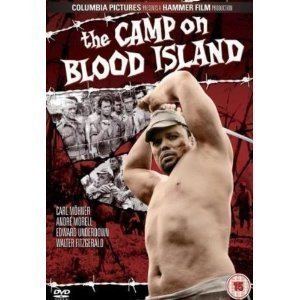
The film is set in a Japanese prisoner of war camp in British Malaya and deals with the brutal, sadistic treatment of Allied prisoners by their captors. On its release the film was promoted with the tag line "Jap War Crimes Exposed!", alongside a quote from Lord Russell of Liverpool, "We may forgive, but we must never forget", and an image of a Japanese soldier wielding a samurai sword.
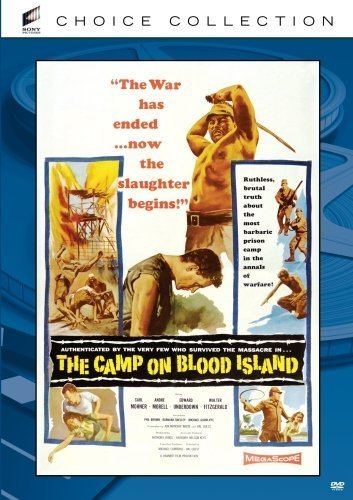
From its powerful opening sequence of a man being forced to dig his own grave before being shot to death, with an intertitle stating "this is not just a story - it is based on brutal truth", The Camp on Blood Island is noted for a depiction of human cruelty and brutality which was unusually graphic for a film of its time, and received some contemporary allegations of going beyond the bounds of the acceptable and necessary into gratuitous sensationalism.
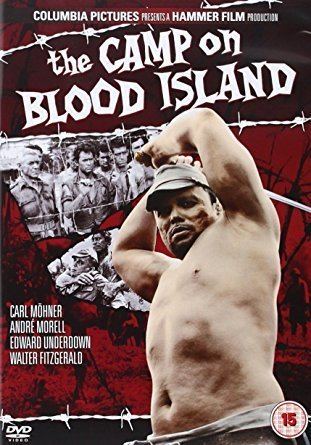
A prequel The Secret of Blood Island was followed up and released in 1964.
Plot
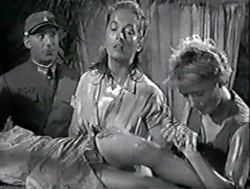
As the Pacific War draws to an end, the commandant of the Blood Island prisoner-of-war camp has let it be known that should Japan surrender, he will order the massacre of the entire captive population. When the prisoners hear through underground sources that Japan has indeed surrendered, they mobilise themselves to try to prevent the news reaching the commandant. Colonel Lambert (Morell), the authoritarian self-appointed leader of the prisoners, deems that they must sabotage communications between the camp and the outside world, and arm themselves in however makeshift a way in readiness for a final showdown.
Lambert's unilateral assumption of military authority is not universally welcomed, as other prisoners including Piet van Elst (Möhner), diplomat Cyril Beattie (Fitzgerald) and priest Paul Anjou (Michael Goodliffe) chafe against his quasi-dictatorial personality, obstinacy and refusal to listen to any views other than his own. Lambert is forced continually to justify his at times apparently illogical and counter-productive decisions. Matters are not helped by the growing suspicion that the camp harbours a collaborator in its midst.
Van Elst is given the task of chief saboteur, while Anjou passes messages and instructions to the captives via coded sermons. When the endgame becomes inevitable, the prisoners rise up against their captors in a bloody insurrection, feeling that they have nothing left to lose and the survival of a few is better than the alternative. When Allied relief planes finally arrive they find a mere handful of survivors on either side.
Cast
Production
The film was allegedly based on a true story which Hammer executive Anthony Nelson Keys heard from a friend who had been a prisoner of the Japanese. Keys in turn told the story to colleague Michael Carreras who commissioned John Manchip White to write a script. Finance was provided as part of a co-production deal with Columbia Pictures and shooting began in Bray Studios on 14 July 1957.
Reception
The film was very successful at the box office, being one of the most popular British movies of the year, despite sometimes hostile reviews.
The novelisation of the script sold over two million copies and has been described as "arguably the most successful piece of merchandise ever licensed by Hammer."
References
The Camp on Blood Island WikipediaThe Camp on Blood Island IMDb The Camp on Blood Island themoviedb.org
